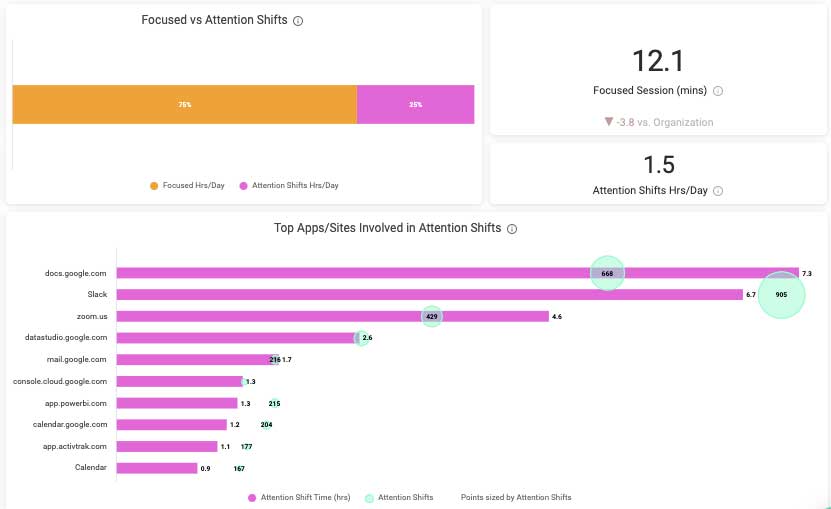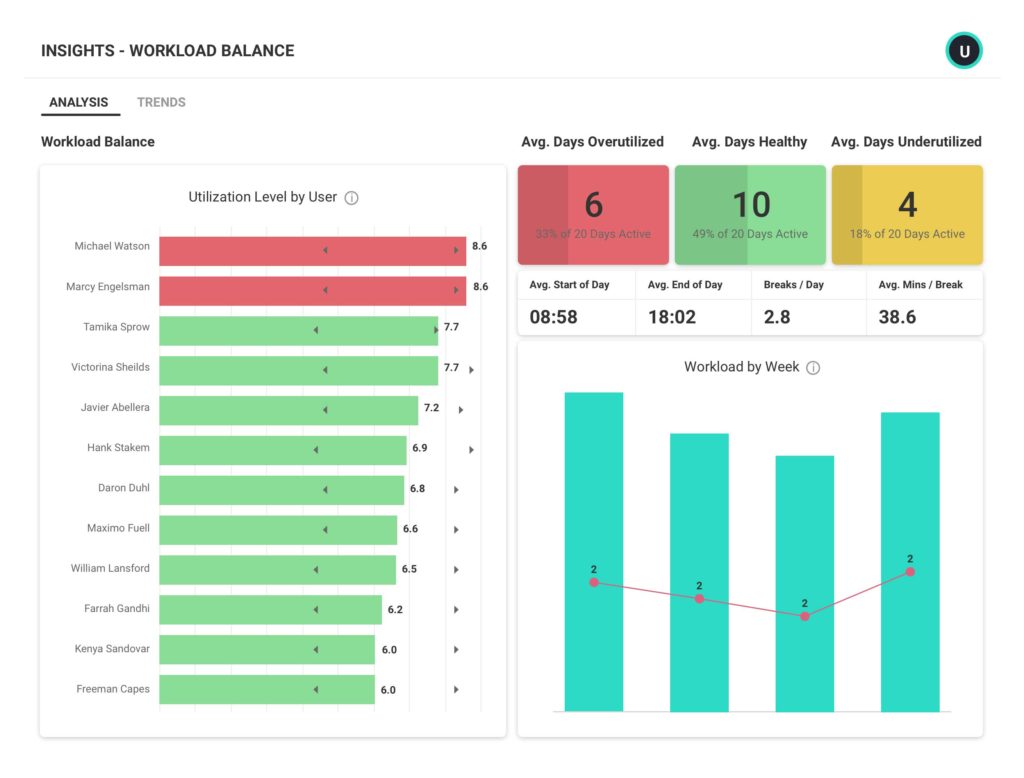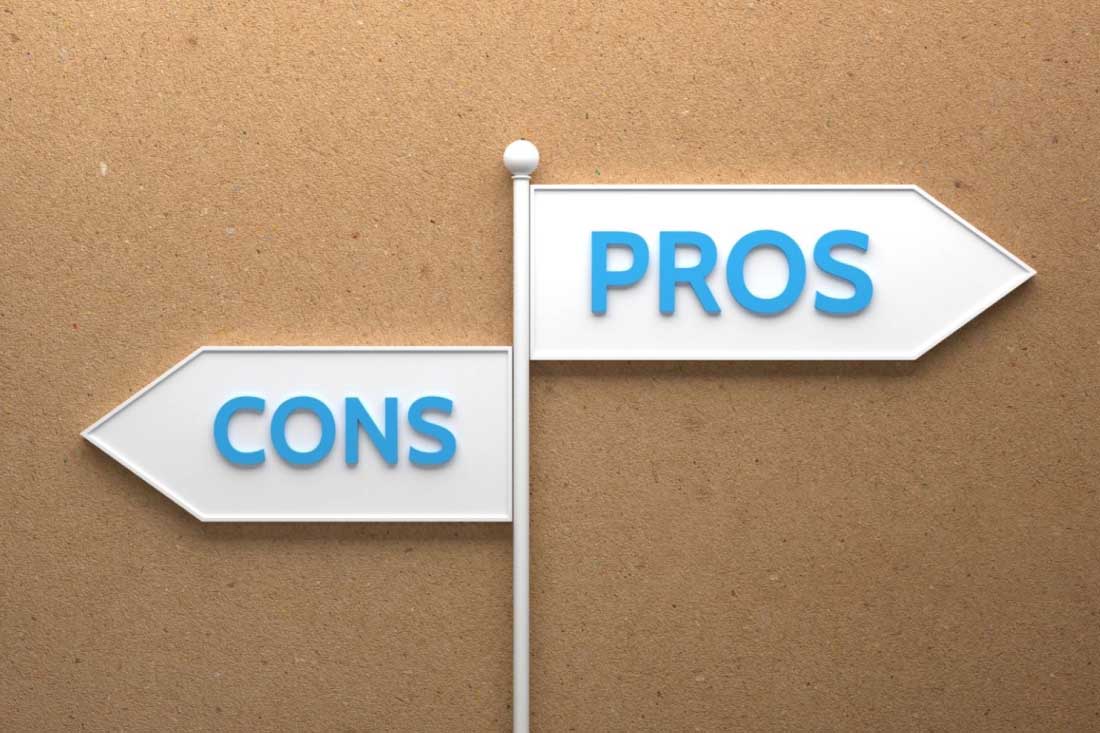I prefer to work in the mornings. Always have. There’s something about the calmness of the day that allows my mind to focus precisely on what is most important. Coincidentally, I’ve come to realize that my colleague is not the early bird that I am. What does this mean? It means I have a section of my morning notes called the “Vic Queue” where I wait until I can cover off on things with him later in the day.
There’s no sense in bombarding our Slack thread while Vic is easing into his day– it creates disruption at an inopportune time for him. My manager, on the other hand, is a morning person. I time the completion of my work based on when I know I can get her eyes on it first thing in the morning. Given the timezones, I can expect feedback on critical items as I begin my day.
This was easy to manage among the three of us. But with our fast-growing team and an expanding list of critical projects, managing projects around the working habits of more than three people became a challenge. Sound familiar?
In response to our needs and the need of so many others, I devised a quarterly Ways of Working Meeting that every manager can use for creating alignment across their team.
Understanding Ways of Working
“Ways of working” is just a simple way to describe how a team agrees to work together. Not just what gets done, but how it gets done. It’s the shared understanding around things like when people are available, how they prefer to communicate, and how everyone can do their best work without stepping on each other’s toes.
These conversations are especially important when teams are remote or hybrid. Without them, it’s easy to misread a delay in Slack or assume silence means disengagement. A ways of working discussion helps clear the air and build alignment around expectations. It’s not about setting rigid rules — it’s about creating space for everyone to be heard and making intentional choices about how you work as a team. When done right, it leads to fewer misunderstandings, more focus, and better collaboration across the board.
Whether in the office, distributed, or fully remote, teams can benefit from openly discussing their working habits and aligning on expectations in order to elevate the entire team’s collaboration style, productivity, and performance.
1. Preparation
Prior to holding a Ways of Working Meeting, it is important to prepare by setting expectations with your team. I’ve found that sharing a note similar to the below prior to the discussion helps the team understand the meeting’s purpose and desired outcomes. And, it gives your team the opportunity to spend time reflecting on their own work habits prior to the session. To help them reflect, prompt your team with a series of questions to consider in advance. Here’s an email template you can use as a starting point and tailor for your own voice and team:
Team:
I continue to be impressed with how adaptable, resilient, and committed to our goals you all have been, especially considering how our workplace has changed in the last year. As we look ahead, I want to take time for us to come together as a team for a “Ways of Working” discussion in which we can acknowledge our different work habits and openly discuss a set of expectations that we can align on while preserving everyone’s ability to individually focus on their work.
Be on the lookout for a calendar invite from me shortly. Prior to the meeting, it would be helpful if you each could reflect on the following:
Hours:
- What are the core hours you consider yourself to be at your computer throughout the day?
- When do you prefer to complete your focus work vs. collaboration work?
Needs:
- What are some of your greatest needs from your team members?
- What is the greatest challenge you’ve faced while working remotely as a team?
- What is the greatest challenge you’ve faced while working in the office?
Communication:
- What communication mechanisms work best for you? Are there certain topics you’d prefer to see in an email versus messenger platform?
- How would you feel about the team having a communication moratorium throughout the week to limit the noise? Would it cause stress or alleviate it?
Other:
- What support do you need from me to help in your efforts with other teams in our business?
- What resources might you need to better complete your work?
- What resources might you need to better handle the stress/pressures of today’s workplace?
Certainly don’t hesitate to share your thoughts with me in advance should you feel more comfortable and of course, if these questions trigger reflections that you prefer to discuss 1×1, I encourage you to set up time on my calendar for us to do so.
I am eager to create an environment, both virtually and in the office, that promotes collaboration, alignment, focus, and wellbeing . I look forward to a positive discussion.
[Name]
In addition to asking the team to consider their own behavior, it is helpful to observe your team’s working habits and productivity data. Before going into the meeting, I’d encourage you to collect insights on the following:
A. Working Hours & Productivity Habits
- When does your team typically start the day?
- During what times of the day is everyone typically online?
- When is productivity at its highest? Lowest?

B. Focus Insights
- On average, how much focus time is the team able to achieve each day?
- How long is the average focus session?
- What are the most common distractions?

C. Burnout/Fatigue Insights
- How many employees are in the burnout range?
- How many employees are trending toward burnout week over week?
- Are people taking adequate breaks throughout the day?

As a manager, I consult these insights on a weekly basis to better understand how our team is working. These people analytics become particularly helpful in knowing how your team is operating prior to the Ways of Working discussion as it gives you an understanding of what behaviors are actually taking place versus how they may be perceived. It’s interesting to also review these insights in the weeks following the discussion to see the progress made once you’ve established alignment.
Finally, it is helpful to appoint a notetaker prior to the meeting to capture the agreements and commitments made throughout. Consider reaching out to an individual in advance to walk him or her through the agenda, desired outcomes, and you can provide this note taking template to help provide structure.
Click here to download the free Notetaking Template→
2. The Meeting
When it comes time to facilitate your Ways of Working Meeting, it’s important to keep in mind that openly sharing some of these reflections can be daunting for your team. It could bring to light existing tensions among the team or surface levels of vulnerability around employee productivity and focus challenges that individuals may face. To prepare for this, set the stage with a level of gratitude and respect for the team’s open participation. From there, share an agenda and set of desired outcomes to center the discussion and showcase what an effective meeting may look like. I use this Ways of Working Facilitation Guide to help in the discussion with the team.
Click here to download the free Ways of Working Facilitation Guide→
As team leader and meeting facilitator, it is important to listen, clarify, and summarize often. Remember the following facilitation tips:
- As you hear one point of view, summarize it and ask if others share the same sentiment or feel something different
- Create space for reflection throughout the meeting; there’s a value in giving time for silence
- Remind the group often that there is no single right answer and that the session is designed to come to consensus on what works for this specific team
- Engage those that may not be sharing as much as others—ask them if certain ideas shared resonate with them or if they feel differently
- In times of disagreement, propose either compromises where they can be identified or propose trialing approaches. Trialing an approach means selecting one approach for a defined period of time while suggesting that the team revisit its efficacy after an agreed upon period (remember, this dialogue should happen quarterly)
- Close the meeting with gratitude—recognize that the team’s open participation takes a level of respect and commitment to improvement that you deeply value
3. Agreements & Commitments
After the meeting, be sure to follow-up promptly (ideally within a day or two) with a summary of the commitments made. A timely follow-up helps ensure you don’t lose momentum, and reinforces your commitment to the process. Here’s an example email that you can tailor for your needs:
Team:
Thank you for a sincere and thoughtful discussion on [Day]. Based on all of our shared reflections and agreements, we’ve captured the following commitments:
[Paste Commitments Here or Attach Template]
I am looking forward to trying out these changes as a team and seeing what we can learn together. Remember, we will revisit these Ways of Working agreements as a team in [insert timeline here, suggested quarterly] and can adjust at that point if necessary. And, I want to emphasize that the door is always open for us to discuss feedback or concerns in our 1x1s.
I am committed to creating a team dynamic that empowers each of you, while elevating the performance of our entire team. Once again, thank you for being a part of our growth and committing to our team on a daily basis.
Best,
[Name]
4. Continuing the Discussions
There are a few key actions that managers must take in order to keep this conversation ongoing for their teams. While your Ways of Working Meeting reflects a level of commitment to productivity and performance improvement, the actions that you take following the meeting show an additional and more powerful level of dedication. Here are five tips that will further demonstrate your level of commitment to this initiative:
- Immediately schedule the follow-up Ways of Working Meeting for the next quarter to reflect your commitment to ongoing discussion
- Uphold the commitments yourself—your actions as a leader are the most important reflection of your expectations of the team. For example, if the team agrees to not use messenger on Monday mornings, it is imperative that you follow through in your own behaviors and refrain from doing so.
- Ask each team member how they felt about the meeting in recurring 1x1s that follow the Ways of Working Meeting. Proactively ask if they have concerns about any of the commitments made as a team.
- Establish accountability for the commitments made across the team. As with any change, it can take some time and positive reinforcement for new habits to take hold. Be sure to recognize it when team members demonstrate the new commitments, and provide gentle reminders (privately) to those who might have fallen back on old habits.
- If challenges arise, encourage the team to give the changes a fair shot. Many changes can be uncomfortable at first, so it’s important to avoid abandoning new ideas too early. Ideally, teams should try changes for at least a month before making a decision one way or the other.
Ways of working is about empowerment
Empowering the individuals on our teams is one of the most essential parts of our roles as people managers. It begins with setting a foundation for others to work together while also protecting and respecting the essential time individuals need to work on their own.
With every team composed of its own unique team members, every Ways of Working Meeting will look different throughout the business. While the agreements and commitments will vary across teams, the positive impact across the organization will be universal.
Get started for free
Take a data-backed approach to your ways of working meetings by signing up for a free ActivTrak account. To learn more about improving your workforce productivity, check out the ActivTrak Productivity Lab.
About ActivTrak and The Productivity Lab
ActivTrak helps companies unlock productivity potential. Our award-winning workforce productivity and analytics software provides expert insights that empower people, optimize processes, and maximize technology. With data sourced from more than 8,500 customers and 250,000 users, ActivTrak’s Productivity Lab is a global center for ground-breaking workforce productivity research and expertise that helps companies embrace and embody the future of work.




